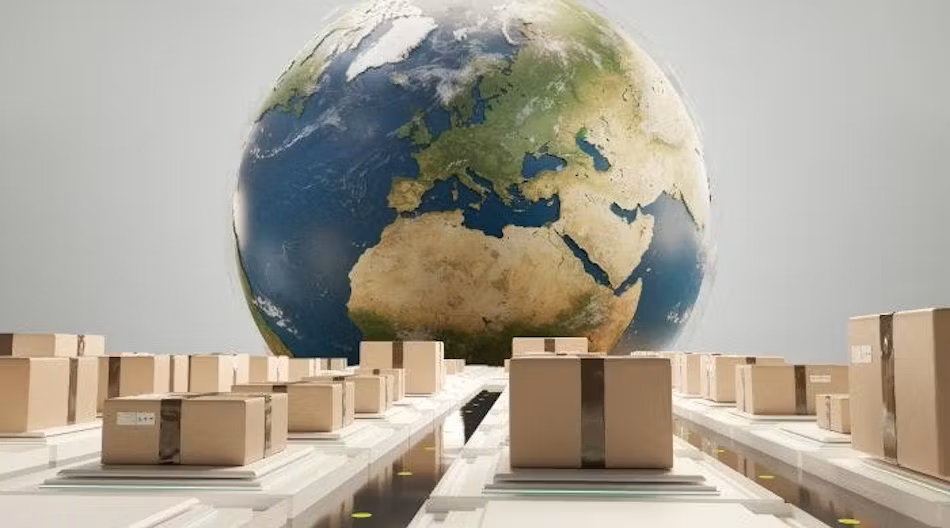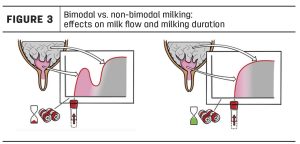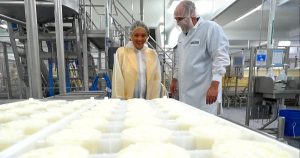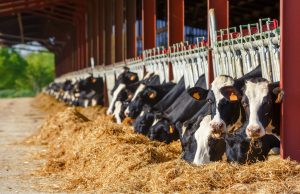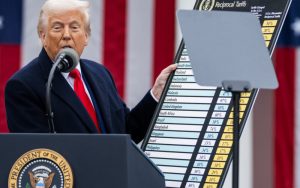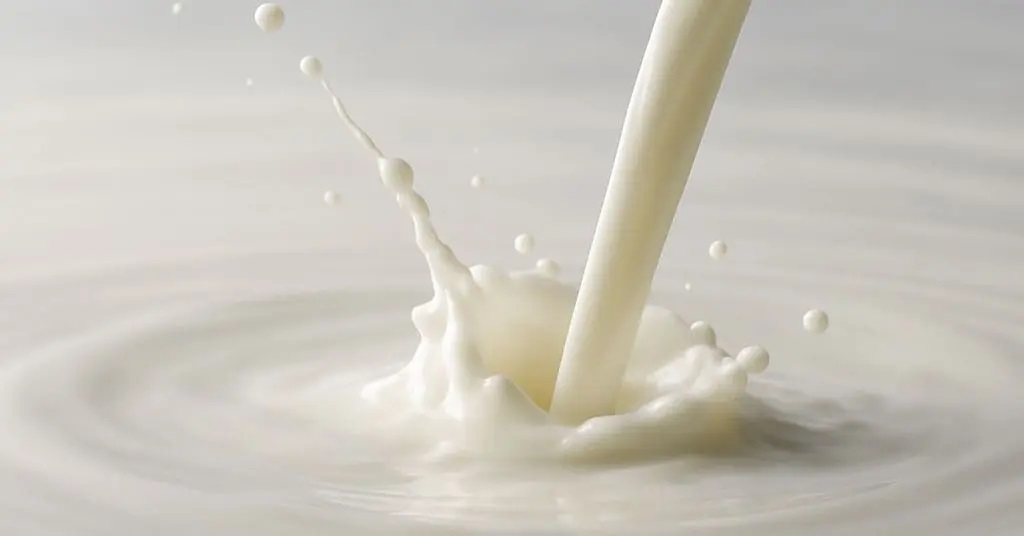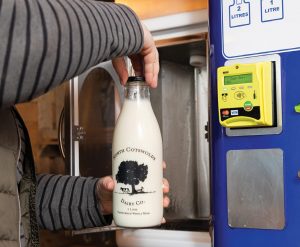
The consensus is imports of both ingredients and equipment will become more expensive and exports of food products and equipment will be hurt.
Tariffs, tariffs, everywhere. As Bloomberg headlined a newsletter today “Everything everywhere all at once.”
Probably the best summary, and the best outcome, was stated in several press releases we saw today: “Tariffs can be a useful tool for negotiating fairer terms of trade.”
The Trump administration imposed 10% tariffs on imports from virtually every country on the globe — in response to what Trump called an American economic emergency — and stiffer tariffs, some as high as 50%, on certain countries. He called the latter reciprocal tariffs, saying they were half of the duties those countries impose on U.S. imports into their countries.
Some of the math was dubious. Trump’s calculations included currency manipulation, trade barriers and sometimes simply each country’s trade surplus with the U.S. For example, he figured Vietnam’s total duties at 90% (so he imposed a 46% tariff) and China’s at 67% (which provoked a 34% surcharge).
The baseline 10% tariff will go into effect this Saturday, April 5, while the additional reciprocal rates will become effective on April 9. These come in addition to the 25% tariffs enacted against Canada and Mexico in March 4.
For the food & beverage industry, as with probably all industrial segments, the long-term results will be higher prices for ingredients, machinery, really everything imported, but at the same time an incentive for domestic production for those things. On the export side, retaliatory tariffs — if they come, and they are expected – will make American food products pricier for world markets.
And of course, the situation could turn around in minutes, from confrontation to negotiation, which is a favorite Trump tactic.
On the import side
The problem all along, as the food industry’s trade associations have argued, is that many ingredients are not and cannot be produced in this country. No amount of domestic investment will give us the climate for growing vanilla, bananas, cacao or black pepper.
Madagascar, source of most of the world’s vanilla, will see a 47% surcharge.
“There are critical ingredients and inputs that need to be imported due to scarce availability domestically,” said Tom Madrecki, vice president of supply chain resiliency at Consumer Brands Assn. (CBA), the lobbying group for the food and consumer packaged goods industry. “No amount of tariffs will bring these inputs back to the U.S.”
Food processing machinery is another story. A significant amount of equiupment is imported. PMMI (formerly Packaging Machinery Manufacturers Assn.) estimated that, based on 2024 full year data for the top 10 sourcing markets for PMMI-related machinery, the reciprocal tariffs will result in additional tariff costs of $1.3 billion on $6.1 billion of imports, or an average of 21%.
PMMI also reported 24% of packaging machinery in the U.S. is imported while 76% is domestic – but the association did not have numbers for processing machinery.
Previously enacted 25% tariffs on steel and aluminum have canners, beer brewers and soft drink makers considering alternatives. Coca-Cola CEO James Quincey said most of the aluminum for its cans comes from Canada, and the company could pivot to using more plastic bottles if prices get too steep.
International Dairy Foods Assn. (IDFA) noted the healthy state of the U.S. dairy industry “depends on strong trade relationships and access to essential ingredients, finished goods, packaging, and equipment to provide Americans with safe, affordable, and nutritious dairy foods and beverages.”
Some wondered if the administration could be persuaded to cut or drop duties on important machinery that supports U.S. production, a key Trump goal.
On the export side
Consumer Brands started a press release with a reminder they’ve used before, but it’s a powerful one: “As the largest domestic manufacturing sector by employment, supporting more than 22 million American jobs and contributing $2.5 trillion to the U.S. GDP…”
That reminder was followed by “The consumer packaged goods industry already manufactures the majority of its products here in the United States … However well intended, the success of the President’s America First Trade Policy must recognize the U.S. companies that are already doing it the right way.”
While CBA did not specify or quantify American exports, their statements have noted there likely will be “retaliation against U.S. exporters.”
Other food trade associations did quantify exports, especially the dairy industry.
“The U.S. dairy industry exports more than $8 billion of high-quality dairy products every year to approximately 145 countries around the world,” said IDFA. “To meet growing global demand, dairy businesses have invested $8 billion in new processing capacity here in the United States—creating jobs, strengthening rural economies, and positioning America as the world’s leading dairy supplier.
“IDFA supports the Trump Administration’s efforts to hold trading partners accountable and expand market access for U.S. dairy. However, broad and prolonged tariffs on our top trading partners and growing markets will risk undermining our investments, raising costs for American businesses and consumers and creating uncertainty for American dairy farmers and rural communities. We urge the administration to engage directly with dairy stakeholders and swiftly pursue resolutions with our trading partners that strengthen U.S. dairy’s global competitiveness.”
A tempered, joint statement came from U.S. Dairy Export Council and National Milk Producers Assn.: “A firm hand and decisive approach to driving changes is most needed with the European Union and India to correct their distortive trade policies and mistreatment of American agriculture including both imbalanced tariff barriers and nontariff choke-points such as the misuse of Geographical Indications to block sales of our cheeses.”
But they added, “The strong majority of our trading partner relationships are positive ones; this includes many of the countries that will see higher tariffs imposed on them. We encourage the administration to work swiftly with these constructive partners to negotiate new trading terms that expand opportunities for U.S. exports and secure the elimination of both tariff and non-tariff barriers.”
You can now read the most important #news on #eDairyNews #Whatsapp channels!!!
🇺🇸 eDairy News INGLÊS: https://whatsapp.com/channel/0029VaKsjzGDTkJyIN6hcP1K
